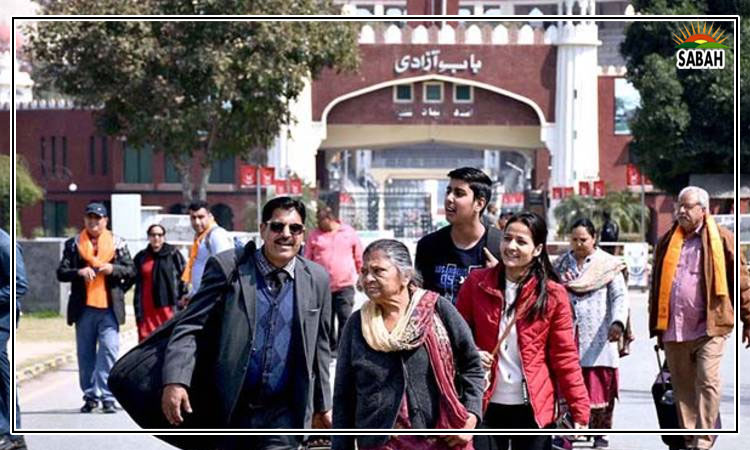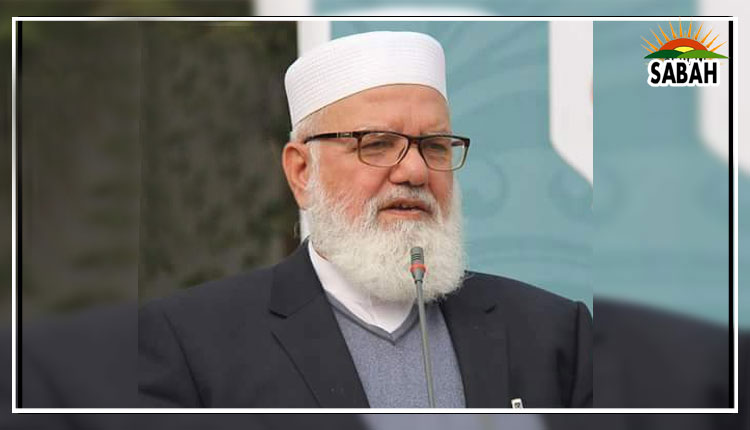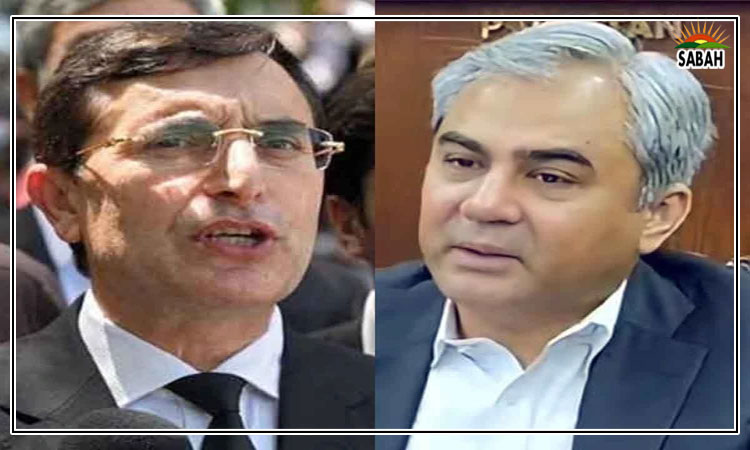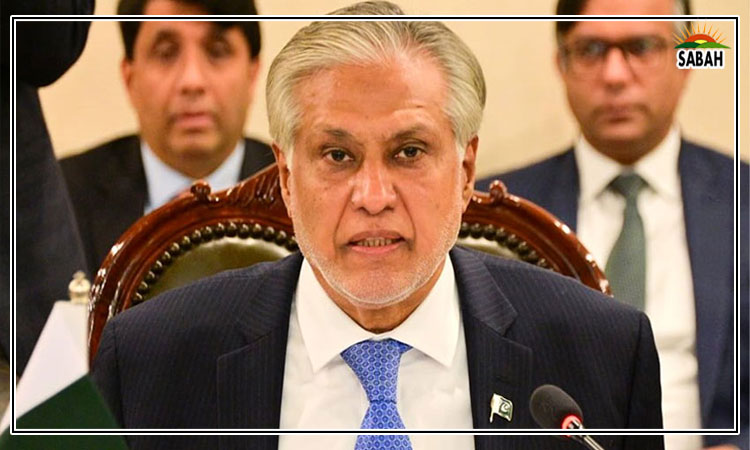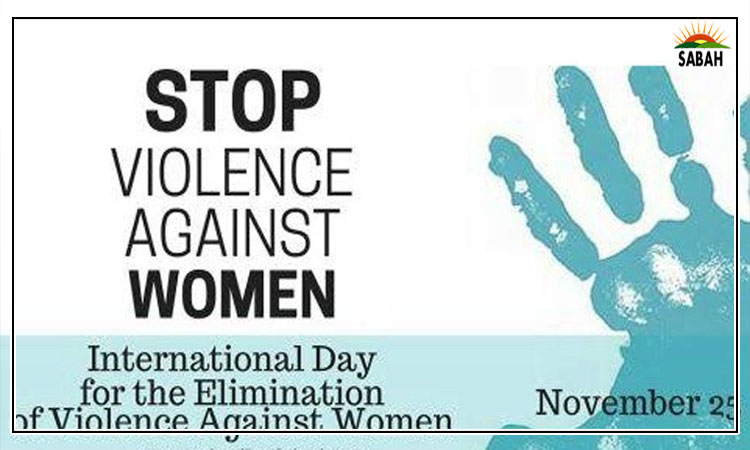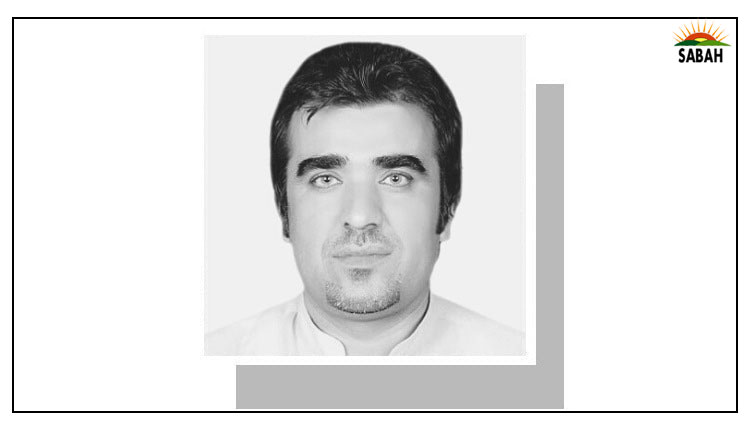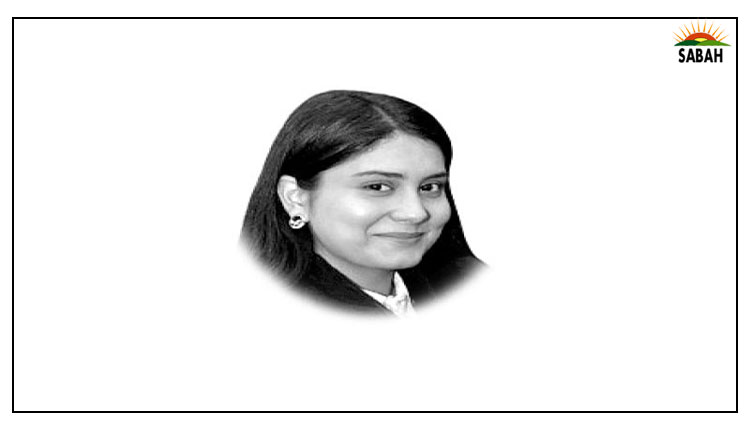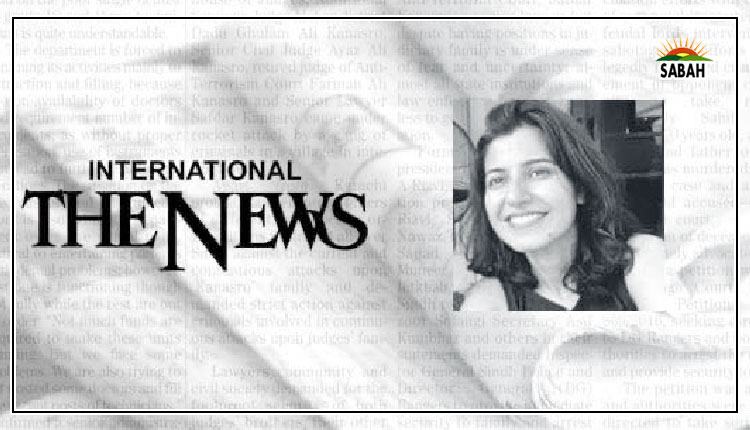A broken, bleeding society…Ghazi Salahuddin
Every morning when I pick up the newspapers, I wonder if I will find a particular news, datelined Karachi, that is reported rather infrequently once a fortnight or a month.
The suspense lingers for a little while because it does not make the outer pages. In fact, it is surreptitiously buried in the inside or city pages. And it is invariably a very brief and single-column snippet.
What could it be? Besides, how could a news that reports a happening or an event be a repetition of what had been reported earlier? Only statements made by high officials and political leaders make big headlines even when they are exact repetitions of what had been said earlier.
This means that I need to be more explicit about what I am saying. So, here is an example of what I found in a newspaper on Thursday. A suspected thief was lynched by a mob near Tariq Road the previous evening. Reportedly, the suspect had barged into a house near the Noorani Kabab intersection to steal some valuable item.
Obviously, he was caught by the people who started beating him. He died on the spot. After his body was shifted to the Jinnah Postgraduate Medical Centre, the police surgeon said that the suspected thief, aged between 25 and 30 years, bore injuries with multiple fractures and open wounds.
I would admit that this is not such an important incident, considering what else is happening in the country, including within the ambit of violent crime. Yes, an alarming increase in street crime in Karachi is troubling the authorities and high-level meetings have been held to discuss the law and order situation. A number of encounters between the police and armed criminals have been reported with tragic loss of life here and there.
But I feel very disturbed by the incidents of lynching of suspects that have almost become a ritual in Karachi. It has happened again and again. I also find it notable that this weeks incident has taken place in a somewhat upscale locality. Tariq Road is a popular shopping area and remains crowded. Previously, such mob violence was generally reported from outlying neighbourhoods.
As I said, these incidents do not seem to ruffle any feathers. I have not seen any in-depth coverage of any specific lynching, with graphic eye-witness accounts and an exploration of the motivations of those who had participated in the act of literally killing a person they did not know. Relevant experts have to be quizzed to make some sense of this behaviour. After all, there have to be cogent reasons for whatever is happening to our society.
Perhaps the relevant experts, if we do have them to spare their thoughts on these matters, would come up with observations that are beyond the comprehension of our rulers and policymakers. According to conventional wisdom, political and economic stability is the goal for us. But can we move in that direction without building our human resources, creating social harmony and attending to our moral and intellectual deprivations?
Though my focus here is on mob lynching in Karachi and, indirectly, on social decay and the brutalization of Pakistani society, the nations attention is riveted on political, economic and juridical proceedings. Politics has always been the obsession of the national media. While politics is certainly crucial as a game of thrones, I have always felt that conditions in which ordinary people have to struggle for survival are not adequately projected in the media.
I think that any one of the many heinous crimes and fatalities that have recently shocked the people and there have been many could serve as a mirror of our society, raising issues that demand the urgent attention of the rulers. Some of these stories do create a lot of buzz in the media but they are seldom followed up on and meticulously probed.
There is one such story that made me lose my sleep and I mention it only in support of my contention that our society is in a really bad shape. Because of poverty and social injustice and difficulties that relate to mental health, those who live in the lower depths have to face challenges that we cannot even imagine.
The story I have is of a desperate man who took the lives of his wife and seven children in Muzaffargarh earlier this month. The report I read said that he used a glass-cutting cleaver to kill his family. He then surrendered himself to the police.
Not inclined to dwell more on it, one question that I ponder is whether our society is fundamentally different from other societies of even developing and politically unstable countries. When we look at the current political situation, we feel that we are an emotional and active people and that our young people are politically alive.
On this point, let me pick a thread from my last column in which I had talked about my visit to the University of Karachis campus. With its student body of 40,000, I had found the place quiet and listless. There were no signs of youthful energy or excitement. I had compared this state of affairs with the turmoil that was taking place on the campuses of major American universities.
It so happens that pro-Palestine protests on American campuses have remarkably picked up this week. What began at Columbia University last week, where about 100 students were arrested, has spread to dozens of campuses and police have intervened in many places. In one video clip, visibly South Asian students were raising slogans for Azadi Hum kya mange, Azadi.
This protest on American campuses is getting so serious and aggressive that there are references to the great revolt of the American students against the Vietnam War in the late sixties. But what is happening on our campuses? What are our students fighting for? And do they really care for human suffering anywhere or in their own country?
Courtesy The News


